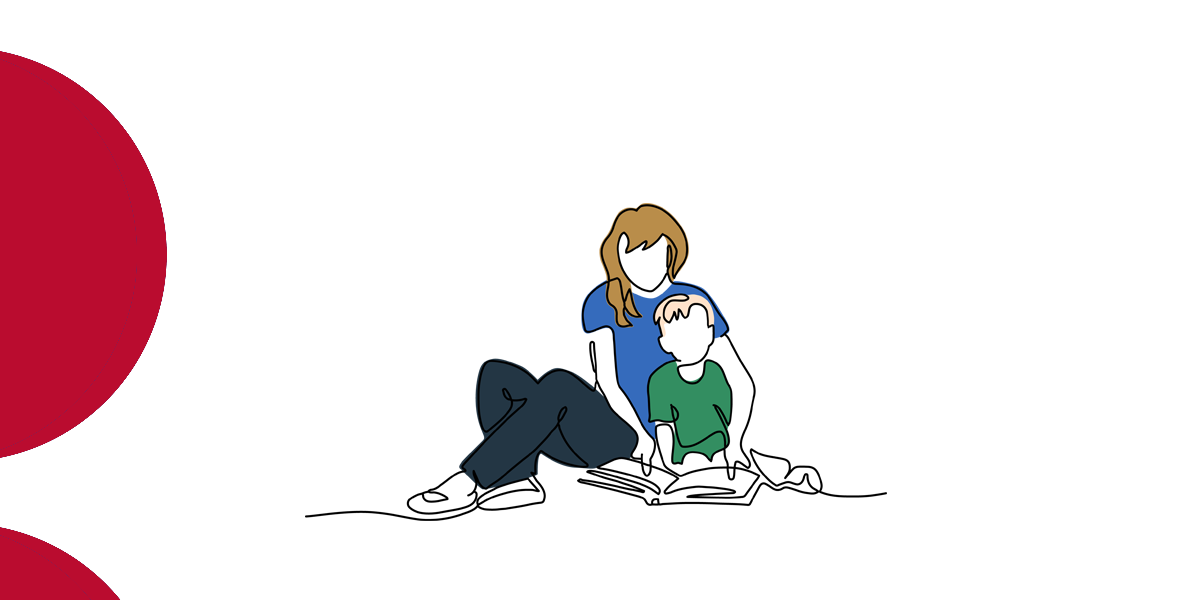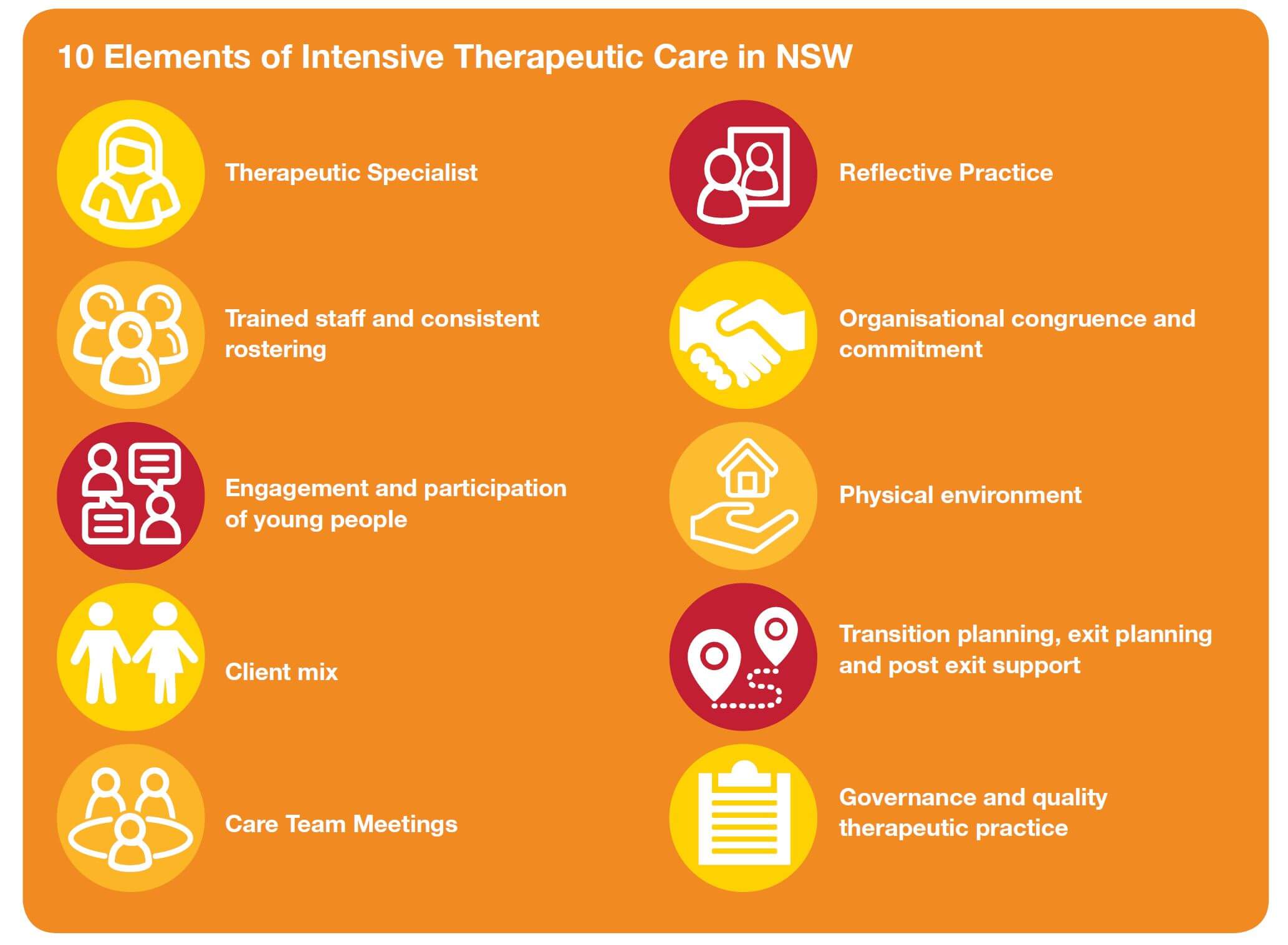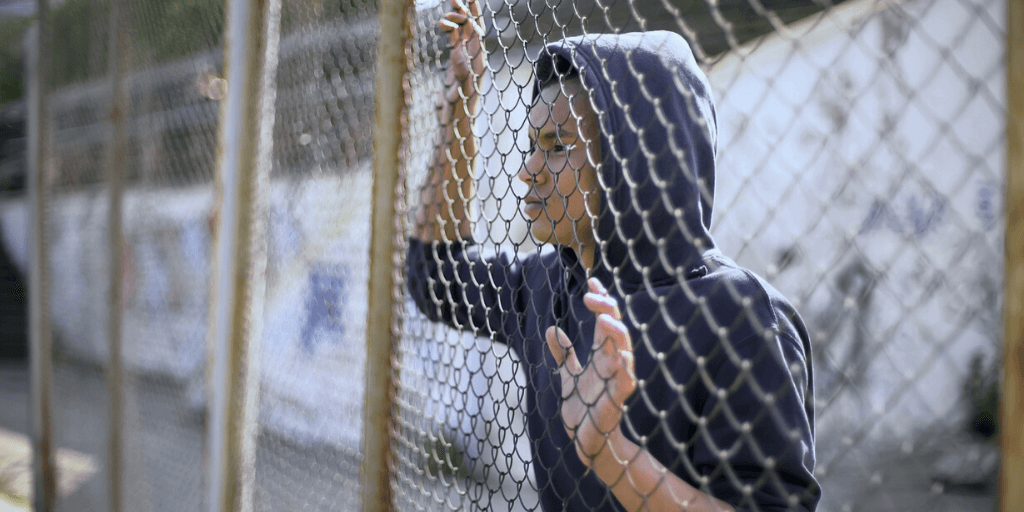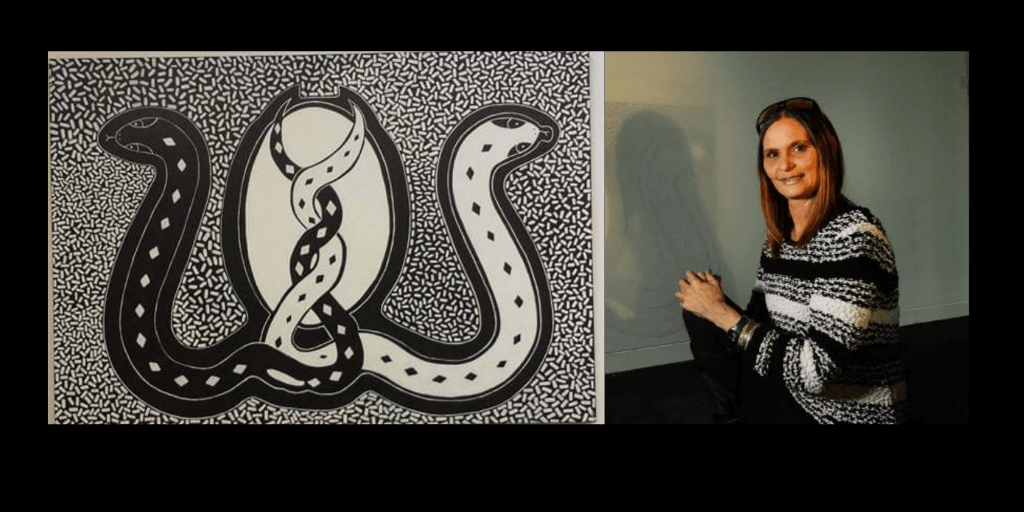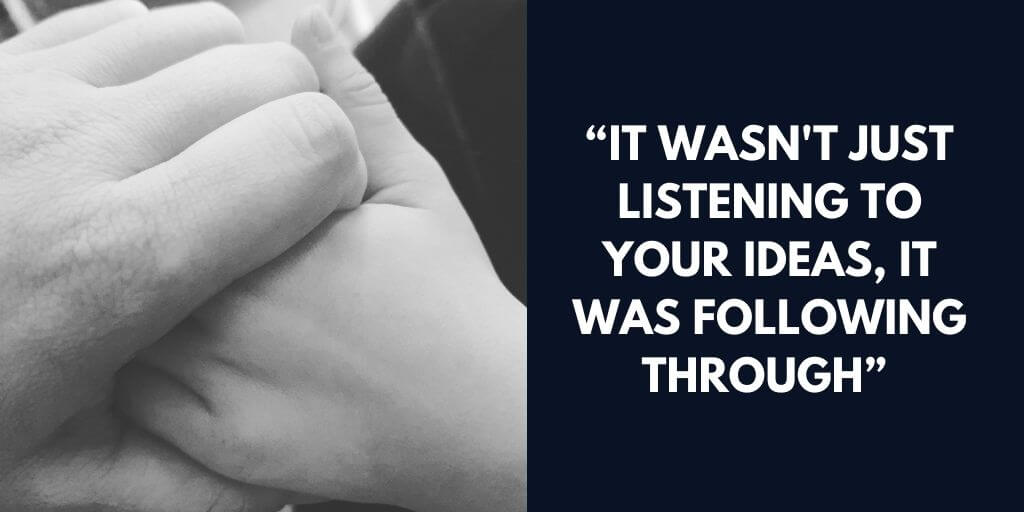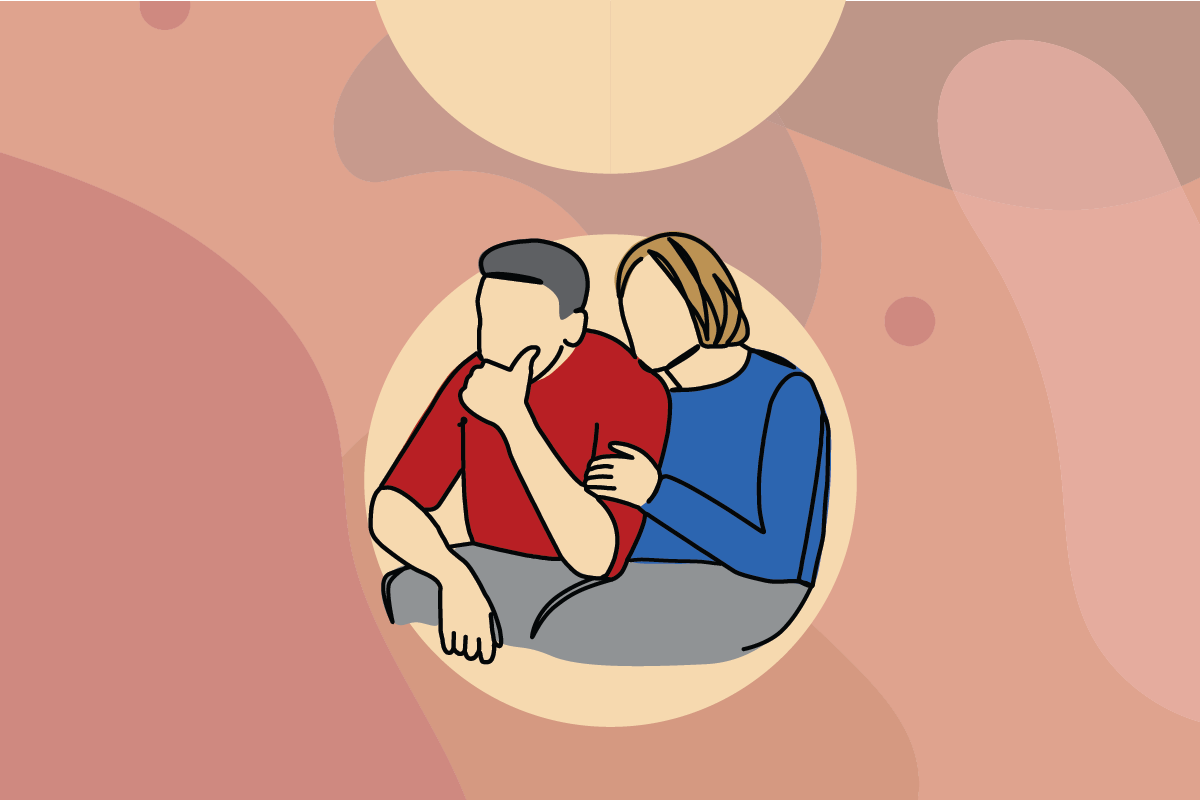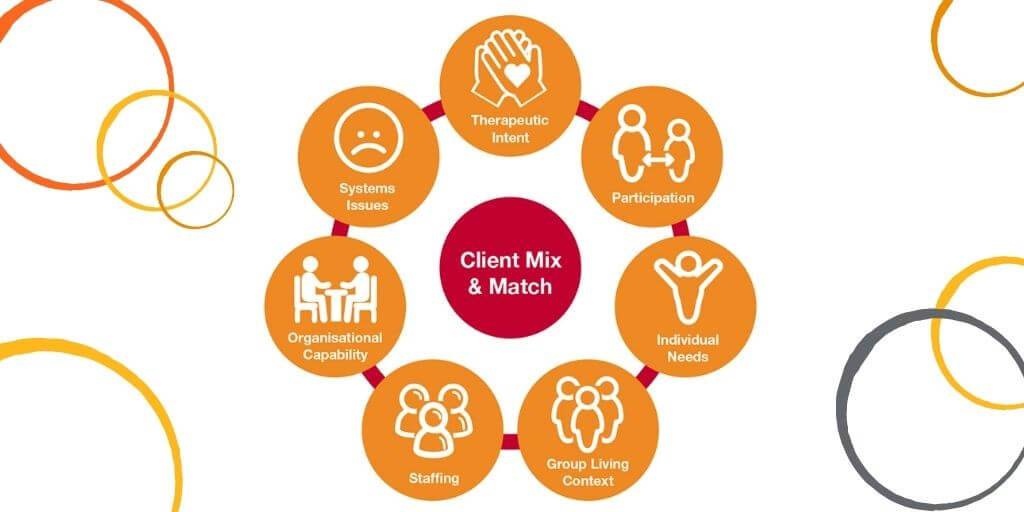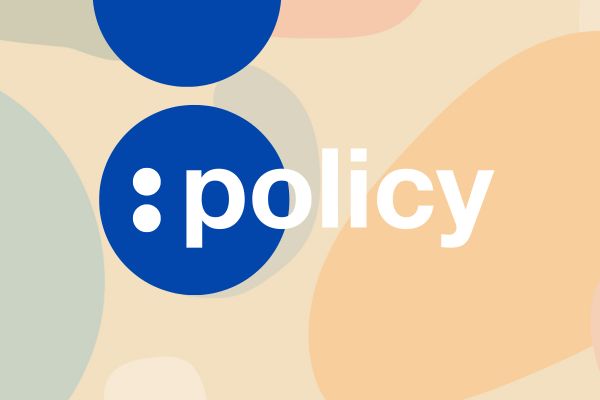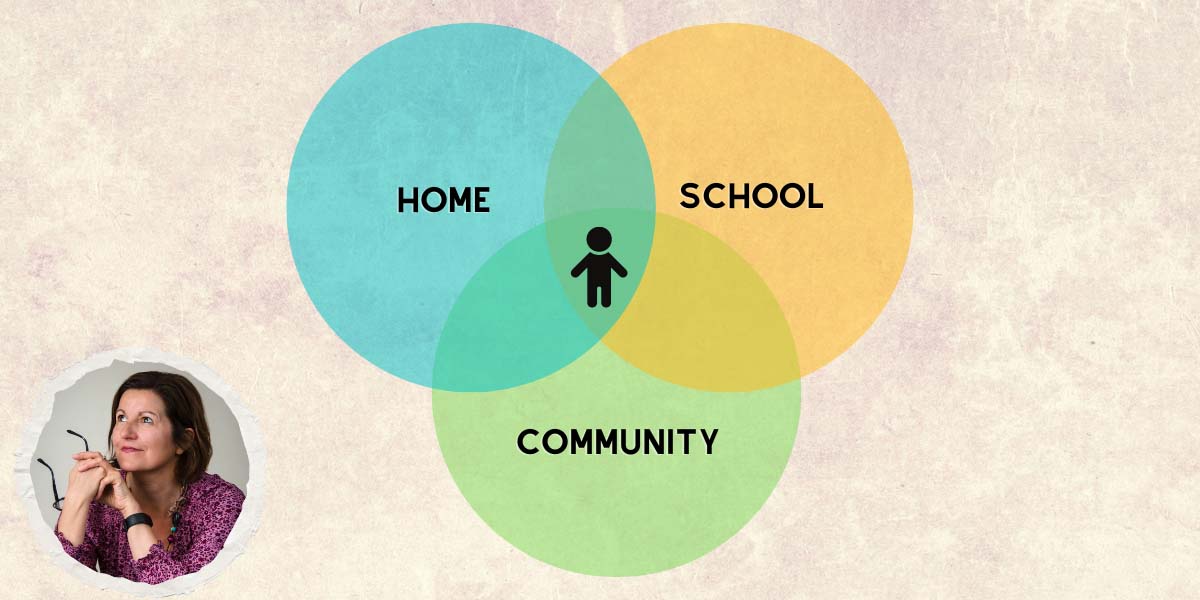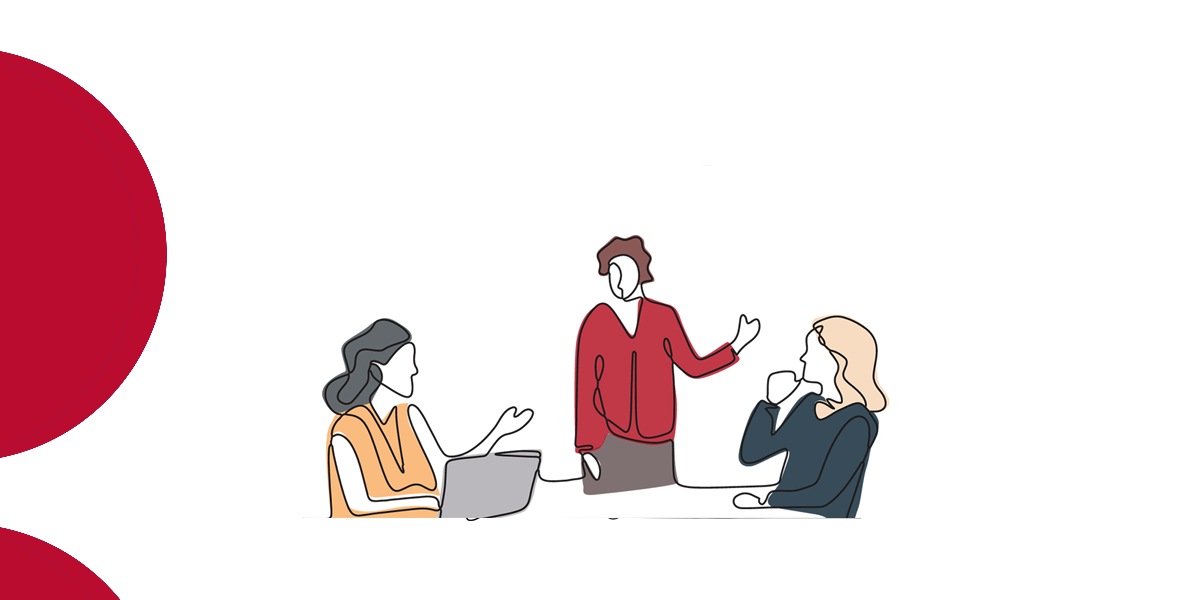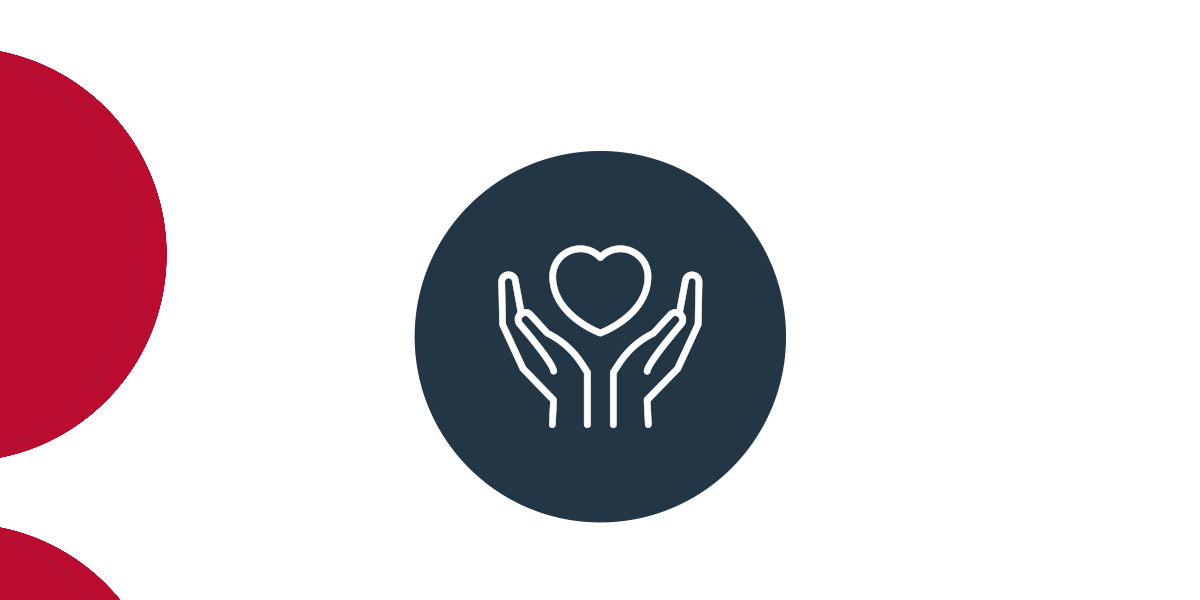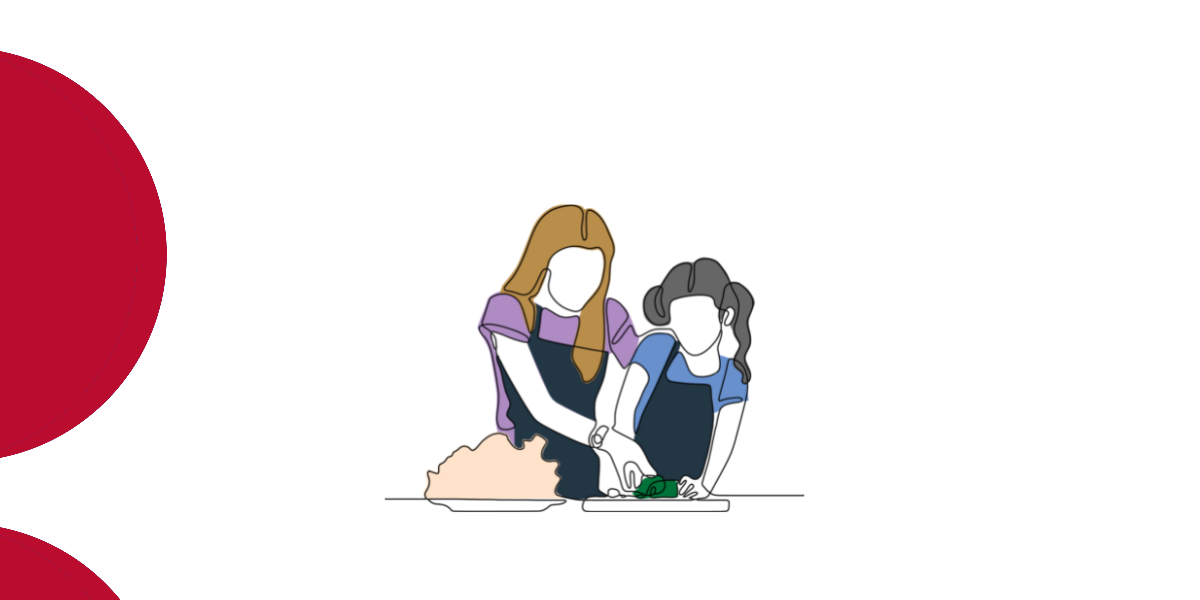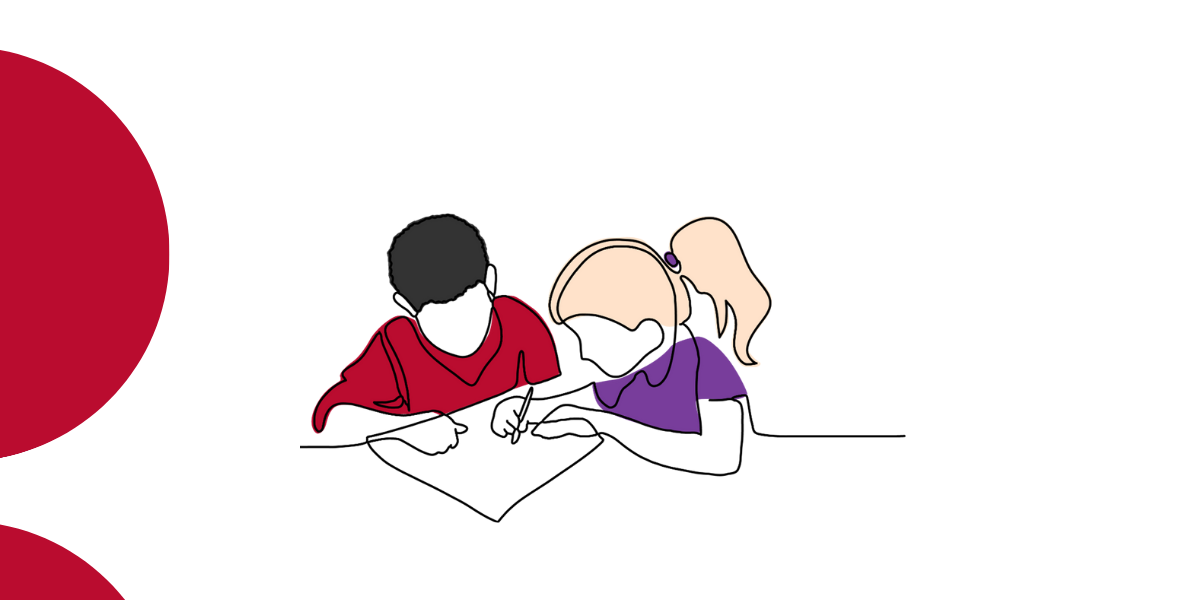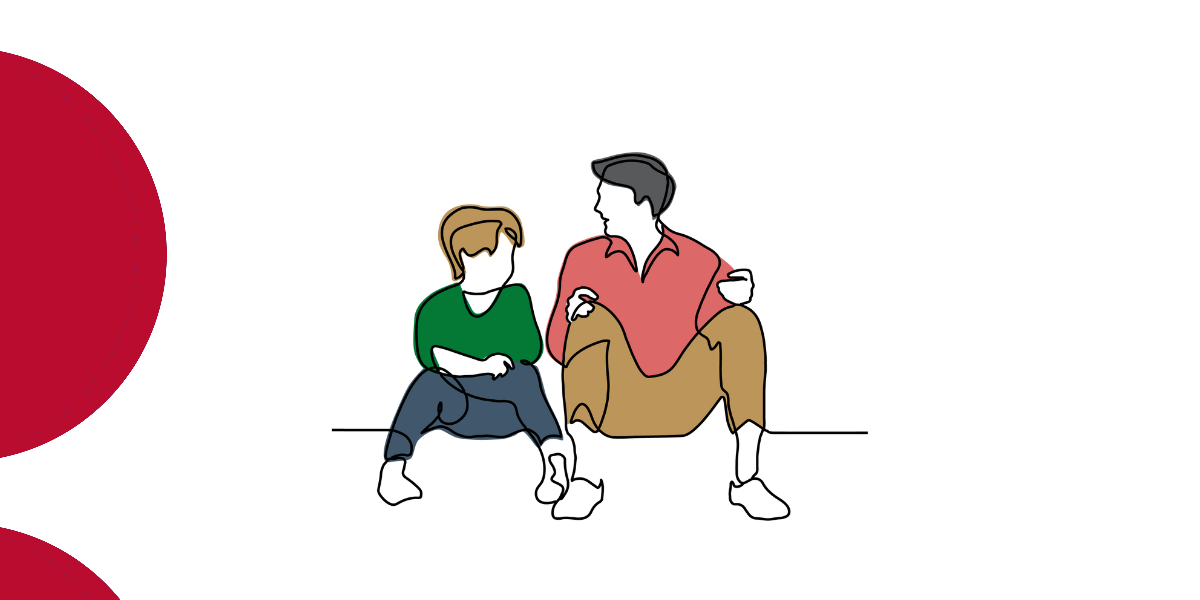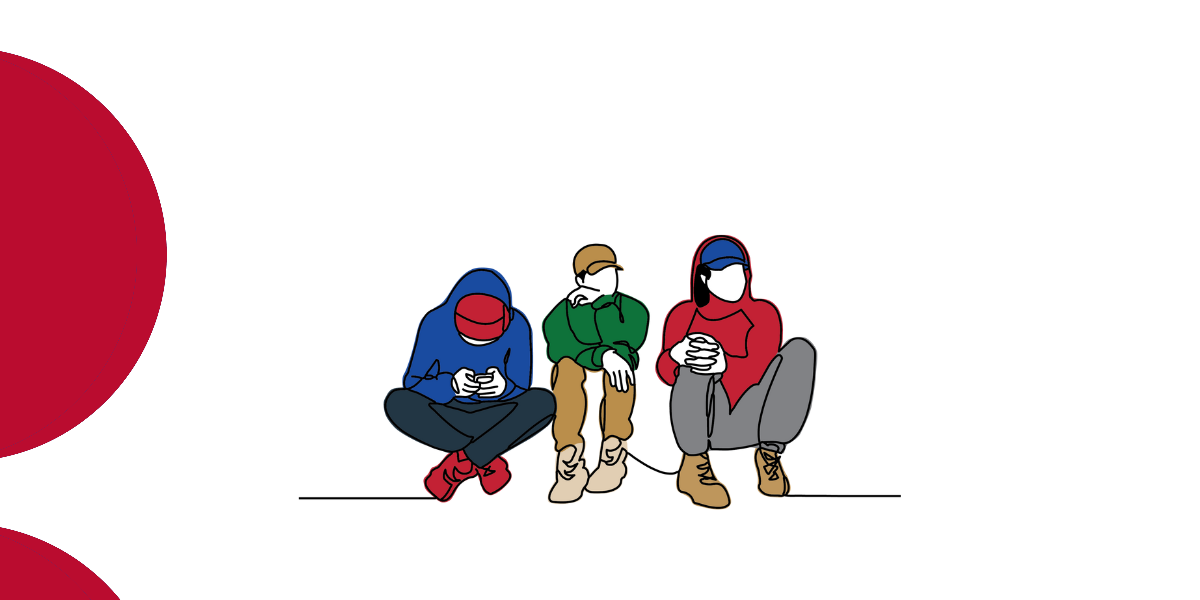Trauma, loss and parenting – care leavers’ experiences of having their own children during transitions from care
Oct 2022
Written by Jade Purtell
This post is written by Jade Purtell, a multidisciplinary researcher and practitioner focused on out-of-home care and transitions from care experiences and policy.
This research is funded by an Australian Government Research Training Program Scholarship.
Teenage and early adulthood birth rates for young people transitioning from out-of-home care are much higher than the general population. In the United States the Midwest study showed young people transitioning from care had approximately double the birth rates of other teens from when they were 17 all the way up to 25 years of age (Courtney et al., 2005; Courtney et al., 2007; Courtney et al., 2009; Courtney et al., 2011).
Many researchers argue that placement instability and residential care placements are linked to ‘disengagement’ from schooling and young people often miss out on sex education (Purtell et al., 2020).
Our study heard from two care leaver parents (Lacey* and Jo**) who had both lived in residential care in the past. Lacey said that sex education is essential:
“Yes, without the right education you are not informed and without the right information you cannot make informed choices.”
Lacey
Jo highlighted another issue to do with family culture:
“I engaged in sexual education in Grade 6. I feel it’s ingrained attitudes and intergenerational young child rearing that normalises these experiences and a lack of positive relationships and safety nets.”
Jo
Evidence from the United States CalYOUTH study shows that many young people who’ve been in care do deliberately get pregnant because they actively want to start a family (Courtney et al., 2020; Dworsky & Courtney, 2010).
Lacey and Jo both commented on relational and emotional pathways to early parenting
“Definitely… who wants to be lonely? ...if I can’t have a family I’ll make a family.”
Lacey
“…in reflecting over my own decisions to be a “young” mother, I was eager to create my own family, one that would be built on love and care, not a toxic environment full of abuse, neglect and fear.”
Jo
Care leaver early parenting is complicated by the lack of support and social isolation that comes with being exited from care (Mendes et al., 2022). Care leavers often have child protection involvement in their own families. My research highlights 3 core issues that create complexity in assessing care leavers’ parenting capacities.
# 1 Early life trauma within and before care
Young people’s experiences of their families and being in care can have profound emotional impacts. In my research ‘ambiguous loss’ theory helped explain the unique challenges care experienced children and young people may face growing up (Boss, 2010; Purtell et al., 2020). Care experienced people need trauma and loss acknowledged by services working with them. Ignoring this trauma can be triggering and undermine a young person’s capacity to parent (Purtell et al., 2022).
# 2 Leaving ‘home’ younger than the general population, and with less supports
A lot of the time, care leavers have problems living independently because they had to move out of care a lot younger than most people move out of the family home (OECD, 2022). A lot of care leavers can be socially isolated and many experience homelessness in their first year out of care (McDowall, 2022).
# 3 Challenges with child protection
If all our service systems can do to help care leavers who have children is report concerns to child protection, then care leaver parents may want to avoid looking for help. Care leaver parents may have had very traumatic relationships with child protection services themselves as children and young people (Purtell et al., 2022). If they feel unfairly scrutinised by government or community services, (which is called ‘surveillance bias’ in the research literature) they may avoid critical health services like pre-natal care and this is seen as risk factor by protective services (Purtell et al., 2022). As Lacey explained:
“People already think the worst of you so you avoid going anywhere or being honest in fear that they will take your child.”
Lacey
The good news is that there are program models all over Australia that work to support young parents out of vulnerability through trauma-informed, holistic or wrap-around and relationship-based care that builds trust over time and that can stay available for the long term (see SEPT Program – Brave Foundation; Caboolture Young Mothers for Young Women; Cradle to Kinder program). Without these kinds of services available we will likely continue to see increasing numbers of children going into care, for the whole intergenerational cycle to continue.
Resources
Details of her study with service providers are available in two open access articles.
Healing Trauma and Loss and Increasing Social Connections: Transitions from Care and Early Parenting, Child and Adolescent Social Work Journal, https://link.springer.com/content/pdf/10.1007/s10560-022-00860-6.pdf
Where Is the Village? Care Leaver Early Parenting, Social Isolation and Surveillance Bias, International Journal on Child Maltreatment: Research, Policy and Practice; https://link.springer.com/content/pdf/10.1007/s42448-021-00084-8.pdf
References
Boss, P. (2010). The Trauma and Complicated Grief of Ambiguous Loss. Pastoral Psychology, 59(2), 137-145. doi:10.1007/s11089-009-0264-0
Courtney, M., Dworsky, A., Brown, A., Cary, C., Love, K., & Vorhies, V. (2011). Midwest Evaluation of the Adult Functioning of Former Foster Youth: Outcomes at Age 26. Retrieved from Chicago: https://www.chapinhall.org/wp-content/uploads/Midwest-Eval-Outcomes-at-Age-26.pdf
Courtney, M., Dworsky, A., Lee, J., & Raap, M. (2009). Midwest Evaluation of the Adult Functioning of Former Foster Youth: Outcomes at Age 23 and 24. Retrieved from Chicago: https://www.chapinhall.org/wp-content/uploads/Midwest-Eval-Outcomes-at-Age-23-and-24.pdf
Courtney, M., Dworsky, A., Ruth Cusick, G., Havlicek, J., Perez, A., & Keller, T. (2007). Midwest Evaluation of the Adult Functioning of Former Foster Youth: Outcomes at Age 21. Retrieved from Chicago: https://www.chapinhall.org/wp-content/uploads/Midwest-Eval-Outcomes-at-Age-21.pdf
Courtney, M., Dworsky, A., Ruth, G., Keller, T., Havlicek, J., & Bost, N. (2005). Midwest Evaluation of the Adult Functioning of Former Foster Youth: Outcomes at Age 19. Retrieved from Chicago: https://www.chapinhall.org/research/at-age-19-youth-transitioning-out-of-foster-care-face-multiple-challenges/
Courtney, M. E., Okpych, N. J., Harty, J. S., Feng. H, Park, S., Powers, J., Nadon, M., Ditto, D. J., & Park, K. (2020). Findings from the California Youth Transitions to Adulthood Study (CalYOUTH): Conditions of youth at age 23. Chicago, IL: Chapin Hall at the University of Chicago. https://www.chapinhall.org/research/calyouth-wave4-report/
Dworsky, A., & Courtney, M. (2010). The risk of teenage pregnancy among transitioning foster youth: Implications for extending state care beyond age 18. Children and Youth Services Review, 32(10), 1351-1356. doi:10.1016/j.childyouth.2010.06.002
McDowall, J. J. (2020). Transitioning to Adulthood from Out-of-Home Care: Independence or Interdependence. Retrieved from https://create.org.au/wp-content/uploads/2021/05/CREATE-Post-Care-Report-2021-LR.pdf
Mendes, P., Purtell, J. & Waugh, J. (2022). Advancing the social rights of care leavers: Towards a new community-based social network and peer support model for supporting young people transitioning from care in times of crisis. new community Vol. 20 (2) issue 78 2022, 58-62.
OECD (2022), Assisting Care Leavers: Time for Action, OECD Publishing, Paris, https://doi.org/10.1787/1939a9ec-en.
Purtell, J., Mendes, P., & Saunders, B. J. (2020). Care leavers, ambiguous loss and early parenting: explaining high rates of pregnancy and parenting amongst young people transitioning from out-of-home care. Children Australia, 45(4), 241-248. https://dx.doi.org/10.1017/cha.2020.58
Purtell, J., Mendes, P., & Saunders, B. J. (2021). Where Is the Village? Care Leaver Early Parenting, Social Isolation and Surveillance Bias. International Journal on Child Maltreatment: Research, Policy and Practice, 4(3), 349-371. doi:10.1007/s42448-021-00084-8
Purtell, J., Mendes, P., Saunders, B. J., & Baidawi, S. (2022). Healing Trauma and Loss and Increasing Social Connections: Transitions from Care and Early Parenting. Child & adolescent social work journal. doi:10.1007/s10560-022-00860-6

